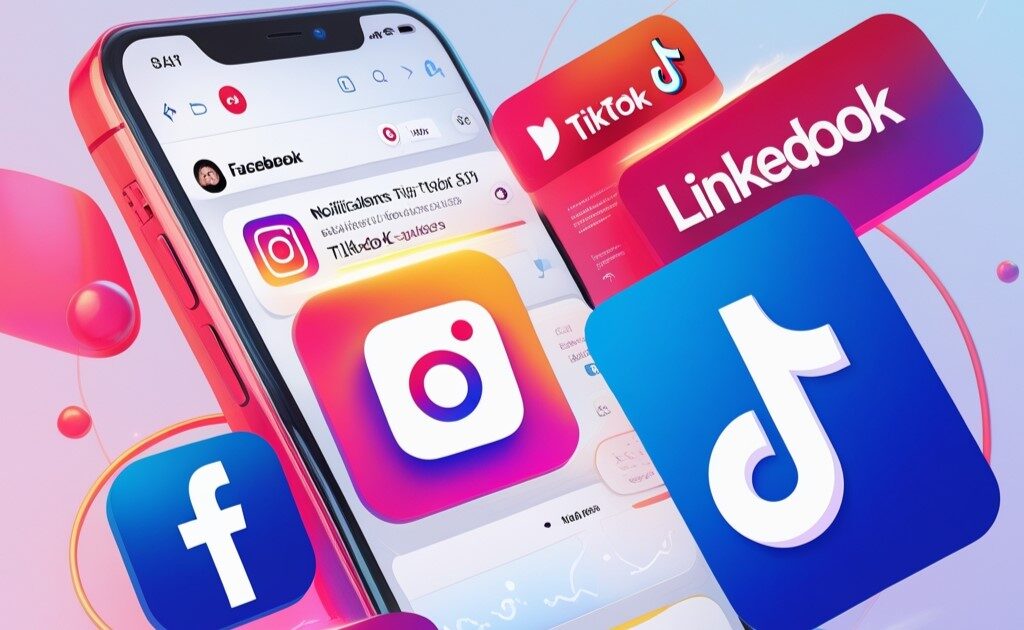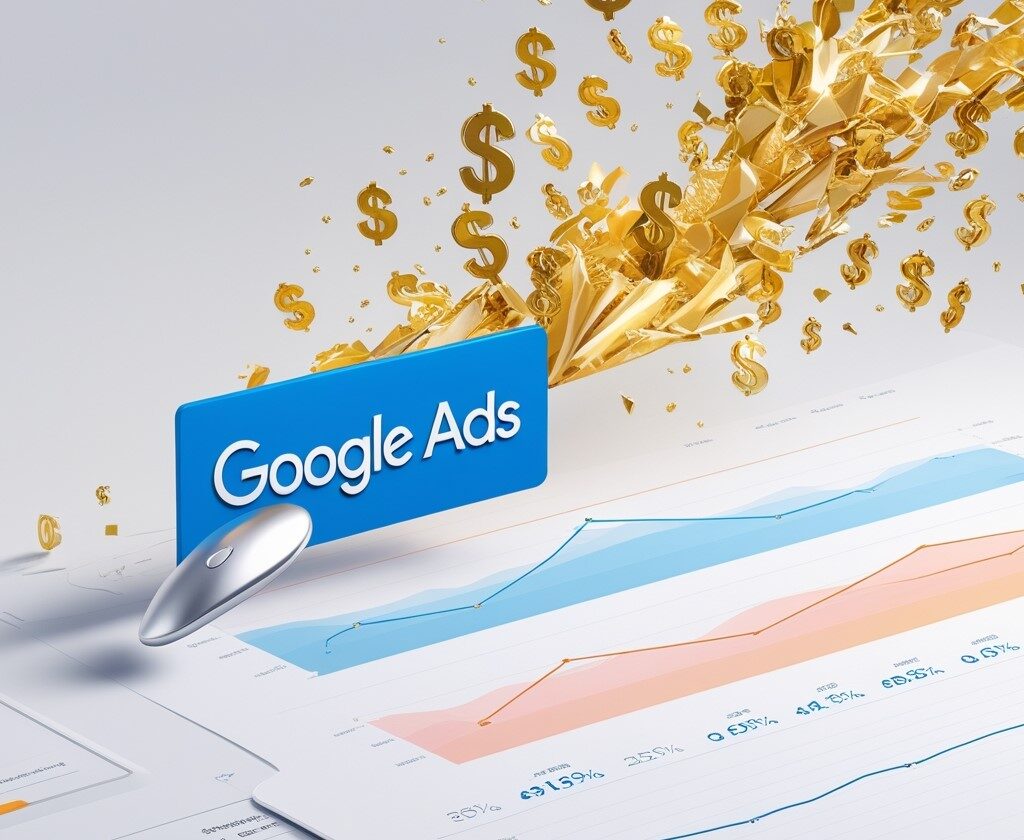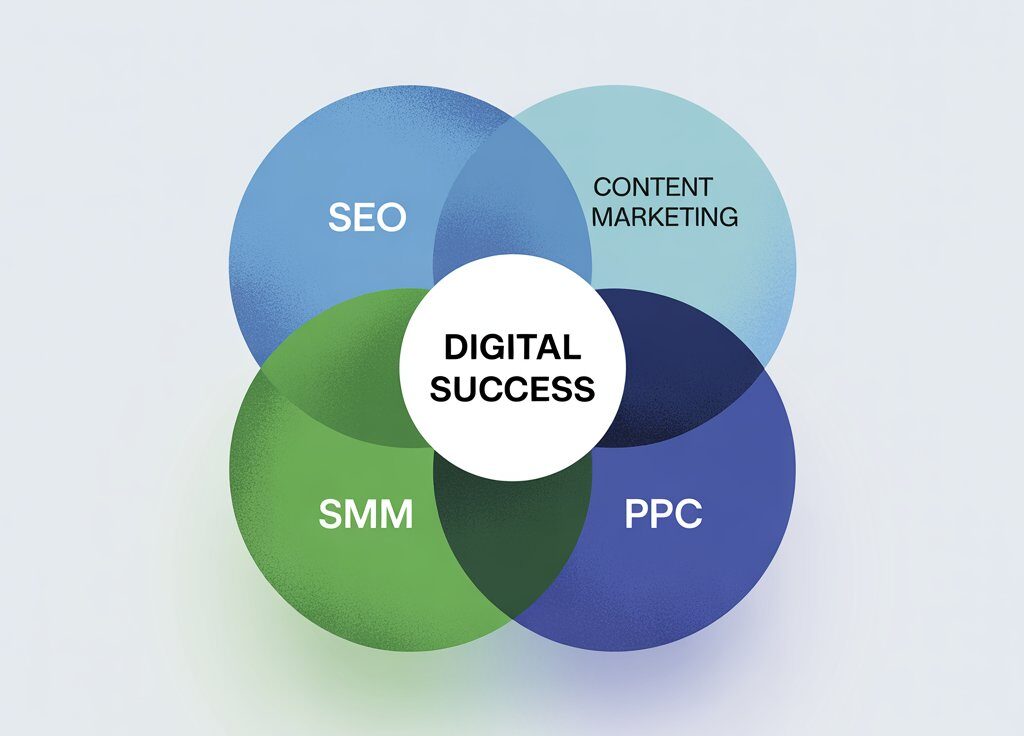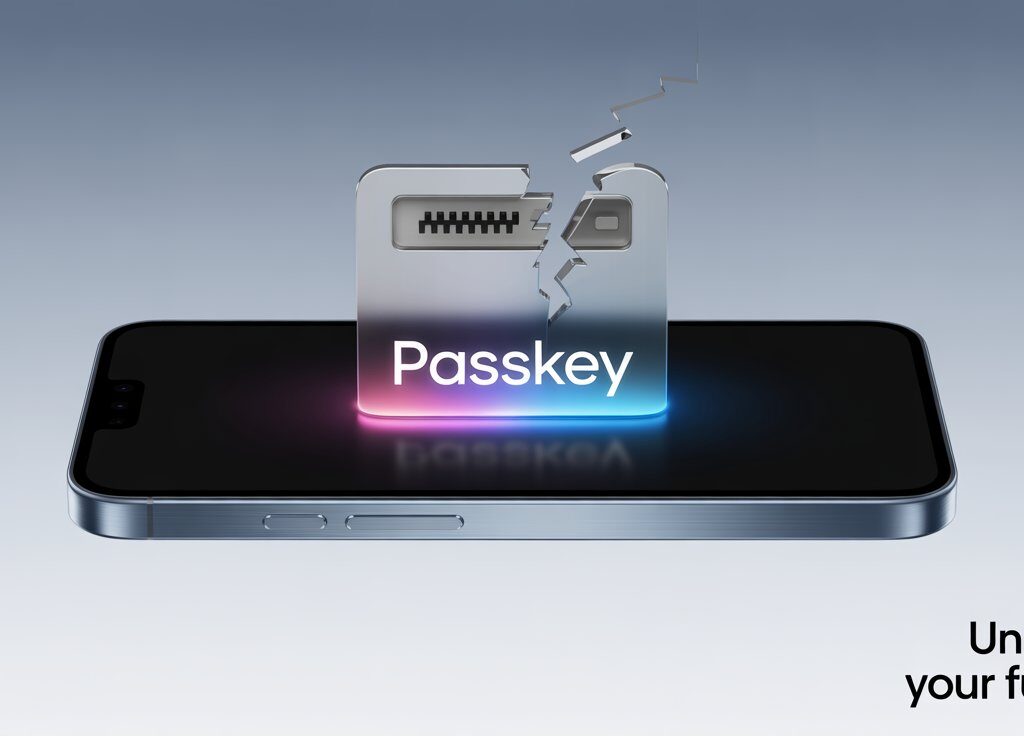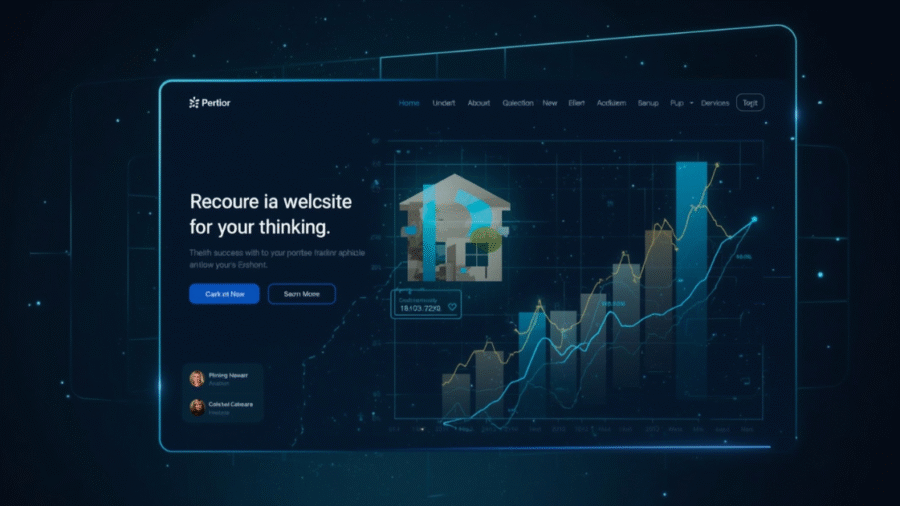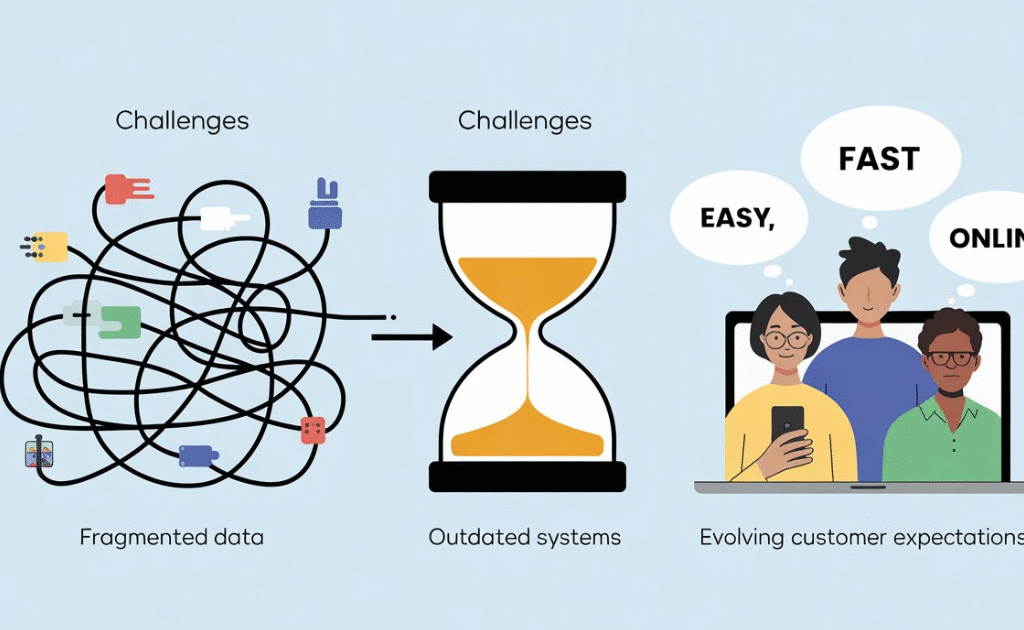What’s All the Buzz About AEO?
You’ve probably heard of SEO—Search Engine Optimization. It’s all about getting your website to show up on Google when someone types in a search. But let me ask you something: when was the last time you clicked on a search result instead of just reading the answer right there in Google or asking ChatGPT?
Exactly. That’s where Answer Engine Optimization (AEO) comes in.
In this guide, we’ll break it all down: what AEO is, why it matters, how it’s different from regular SEO, and—most importantly—how you can start using it today. Whether you’re a business owner, a content creator, or just curious, this beginner’s guide will walk you through everything you need to know in a simple, human way—with real-world examples and no jargon.
What Is Answer Engine Optimization (AEO)?
AEO is the process of making your content easily readable, understandable, and ready to be used directly by platforms that provide answers instead of search results.
Think of it like this:
- SEO = trying to get on page 1 of Google.
- AEO = trying to be the actual answer Google or ChatGPT gives users.
If you’ve ever seen a little box on Google with a direct answer (also called a featured snippet), or asked your voice assistant a question and it replied with a short sentence—that’s AEO in action.

Real-Life Example of AEO
Let’s say you search:
“How long does cooked chicken last in the fridge?”
Google might instantly show you:
“Cooked chicken lasts 3 to 4 days in the refrigerator.” — sourced from a blog or authority site.
The site that wrote that short, clear sentence just scored an AEO win. They didn’t just get traffic—they became the answer.
How Are People Searching Today?
We’re moving from typing keywords to asking full-on questions.
- Old-school search: “chicken fridge days”
- Modern search: “How many days can I keep cooked chicken in the fridge?”
And let’s not forget voice search:
“Hey Siri, how long can I keep leftovers?”
AEO helps your content show up in these exact moments.
SEO vs AEO: What’s the Real Difference?
| Feature | SEO | AEO |
|---|---|---|
| Focus | Ranking in search | Being the direct answer |
| User goal | Click a link | Get the answer right away |
| Content format | Long-form, blog-heavy | Short, precise, structured answers |
| Best platform | Google, Bing (search pages) | ChatGPT, Google SGE, Siri, Alexa, etc. |
Understanding Search Intent (In Simple Terms)
Let’s make it super clear.
People search for things with a specific intention. Here are the 3 main types:
- Informational – Just looking for answers.
“How to tie a tie?” - Navigational – Trying to find a specific site or brand.
“Facebook login” or “Nike India website” - Transactional – Ready to buy or act.
“Buy running shoes under 3000”
AEO is most powerful for informational searches. That’s where people want fast, reliable answers.
Where Do These Answers Appear?
You’ll find AEO-driven answers in:
- Featured snippets (those boxes on top of Google)
- Voice assistants (like Alexa or Siri)
- AI tools like ChatGPT, Perplexity.ai, and Bing AI
These platforms don’t want users to click around—they want to give them the answer right away.
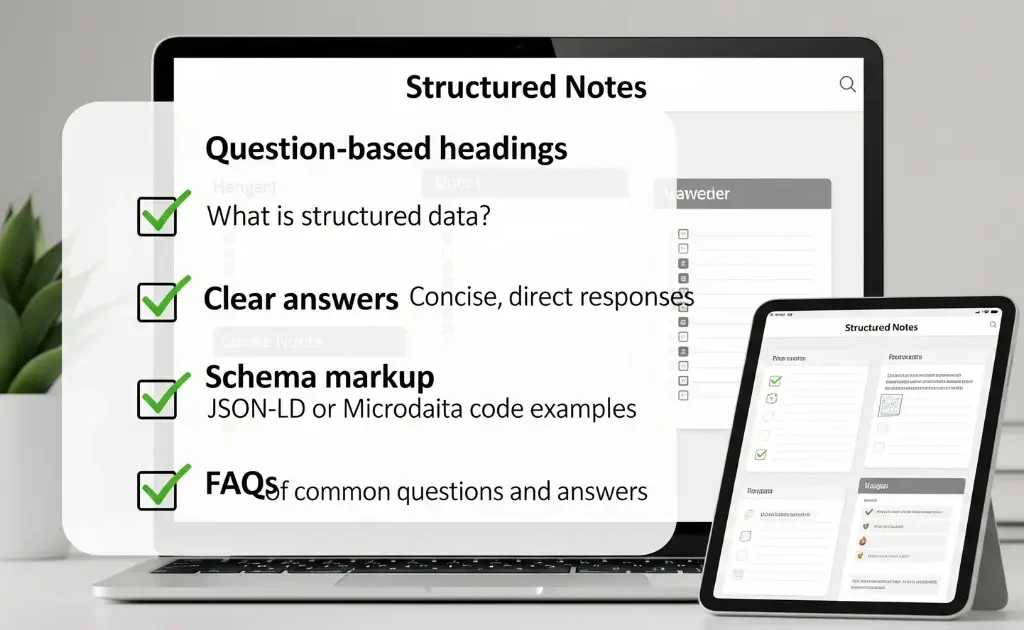
How to Optimize Your Content for AEO
Okay, now for the good stuff: how you can start making content that gets picked as the answer.
1. Use Question-Based Headings
Instead of writing:
“Benefits of Drinking Water”
Try:
“What Are the Health Benefits of Drinking Water Daily?”
This helps engines know it’s a direct answer to a question.
2. Give Short, Clear Answers First
Start with a 1-2 sentence summary. Then go into detail.
Example:
Q: What is AEO?
A: AEO stands for Answer Engine Optimization. It’s a way of structuring your content so that search engines and AI tools can use it to give direct answers to users.
(Then go deeper with examples, bullet points, etc.)
3. Use Schema Markup
This is a tiny bit technical, but tools like Yoast SEO or Rank Math can add it for you.
Schema tells Google:
- “Hey, this part is a FAQ.”
- “This part is a recipe.”
- “This part is a product.”
More structure = better answers.
4. Create FAQ Sections
People love FAQs. And so do answer engines.
Try adding questions like:
- What is [topic]?
- How does [topic] work?
- Is [topic] worth it in 2025?
5. Be Human, Be Helpful
Avoid jargon. Think:
How would you explain this to your cousin or neighbor?
Use examples, analogies, or even mini-stories.
Real Content Example
Topic: How to boil an egg
Bad AEO Content:
“Boiling eggs is a great cooking technique. You’ll need a pot, water, and eggs. Some people prefer soft-boiled, others hard-boiled.”
Good AEO Content:
“To boil an egg, place it in a pot of cold water, bring to a boil, then simmer 9–12 minutes depending on how hard you like your yolk.”
Helpful Tools for AEO
- AnswerThePublic: Shows real questions people ask about your topic.
- AlsoAsked: Visualizes how questions are connected.
- [ChatGPT or Perplexity.ai]: See what answers they’re giving for your topic—and aim to beat them!
AEO for Small & Local Businesses
If you’re a local bakery, gym, or dentist, AEO still matters!
Questions like:
- “Best bakery near me open now”
- “How much does teeth cleaning cost in Pune?”
Make sure your site answers these. Use Google Business Profile and add FAQs to your pages.
Common AEO Mistakes to Avoid
- Writing too vaguely or too long-winded
- Ignoring mobile formatting
- No headings or structure
- Not updating content when facts change
How Do You Measure AEO Success?
Look at:
- Are you showing up in featured snippets?
- Are AI tools quoting your site?
- Do users spend time on your page?
- Are your bounce rates dropping?
It’s not just about more clicks—it’s about more visibility.
What’s the Future of AEO?
- Voice-first browsing will increase.
- Generative AI will decide which sources to trust.
- Google and Bing will become answer engines, not search engines.
To win? Create content that sounds like a helpful friend giving advice.
Final Thoughts: Be the Answer, Not Just Another Blog
People want answers—fast. They don’t want to read a novel. If your content helps them immediately, in a simple and clear way, platforms will reward you.
AEO is not replacing SEO. It’s upgrading it.
So next time you write something, ask yourself:
“Would Siri, Alexa, or ChatGPT use this as the answer?”
If yes, you’re on the right track.
FAQ
1. What is the main purpose of AEO?
To help your content become the direct answer people get when they ask questions on Google, Siri, Alexa, or AI tools.
2. Can AEO and SEO work together?
Yes! AEO is like SEO’s smarter, answer-focused cousin.
3. Does AEO work for every industry?
Absolutely. Whether you sell shoes or give parenting advice, someone is asking questions you can answer.
4. Is it hard to start AEO?
Not at all. Start with FAQs, question-based headings, and short answers.
5. How long does it take to see results?
You can see changes in 2–6 weeks, depending on how competitive your topic is.








